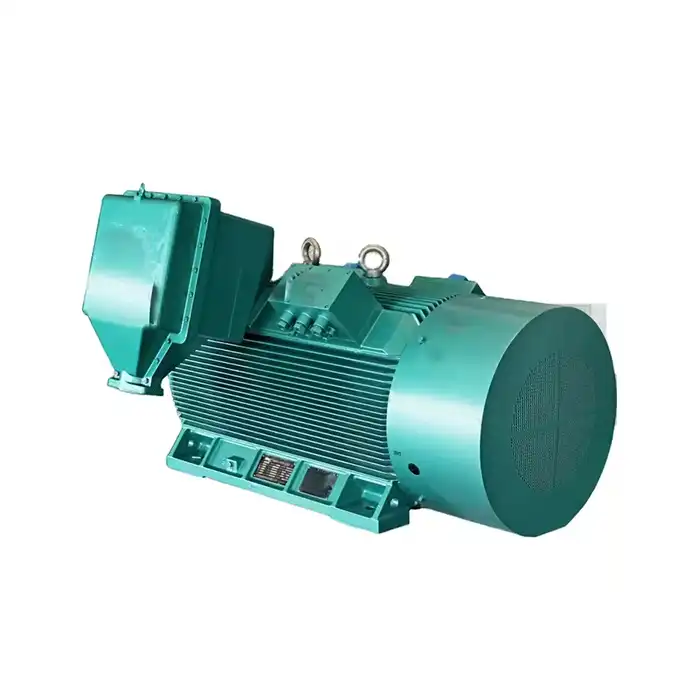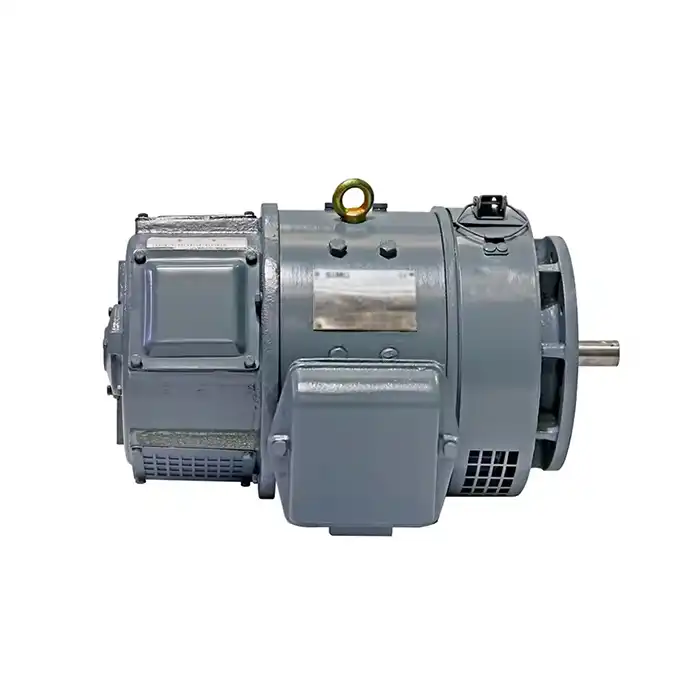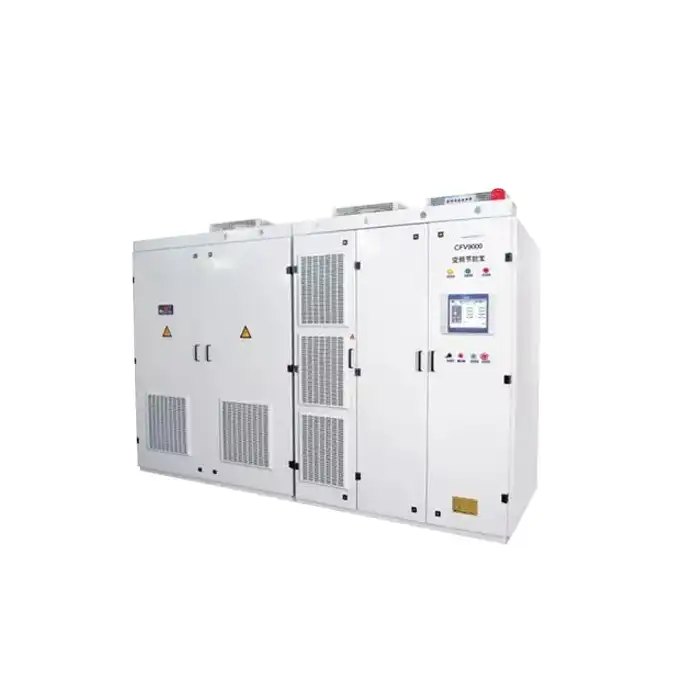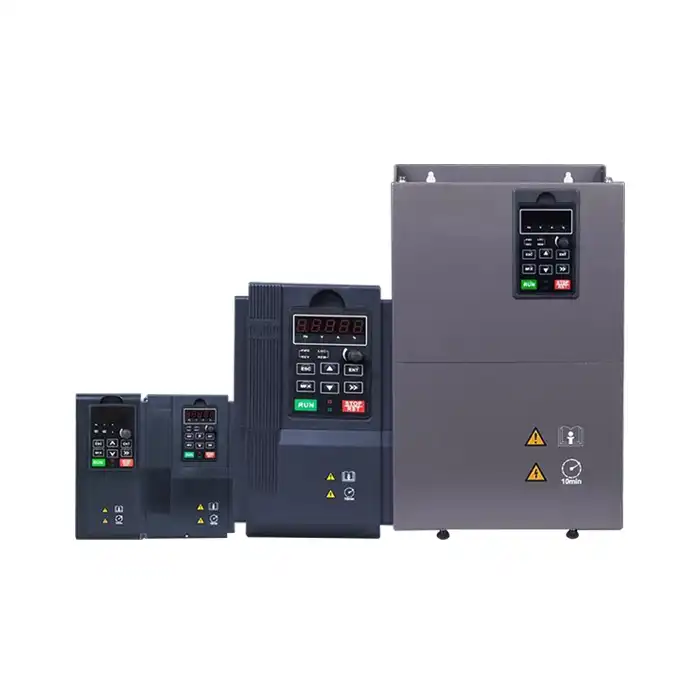IEC Low Voltage Motors vs NEMA Motors: Key Differences Explained
When it comes to industrial motors, two prominent standards dominate the global market: IEC (International Electrotechnical Commission) and NEMA (National Electrical Manufacturers Association). Understanding the distinctions between IEC low voltage motors and NEMA motors is crucial for engineers, facility managers, and decision-makers in various industries. This article delves into the key differences between these two motor types, focusing on frame sizes, efficiency standards, and market prevalence.
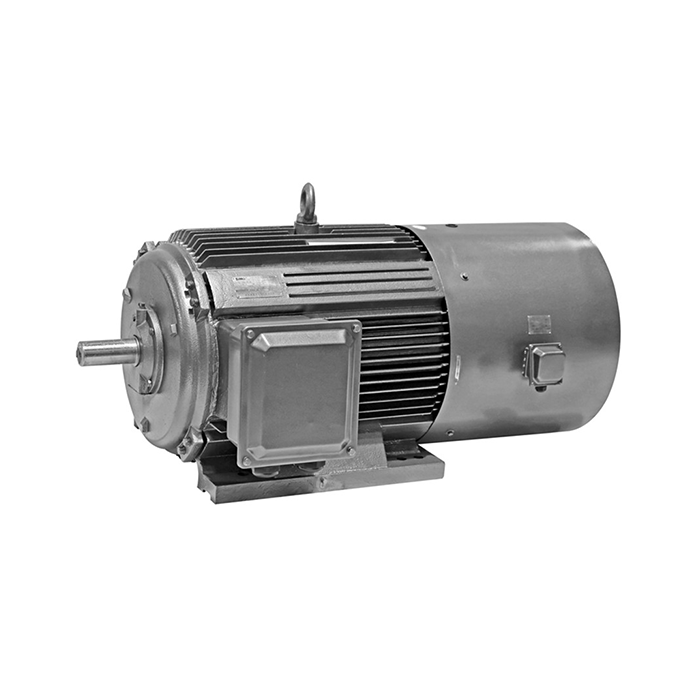
Series:YVFE4
Frequency conversion range:30hz~50hz,5hz~70hz,5hz~100hz
Power range:0.75-1000kW
Protection level:IP55
Application:are suitable for driving various mechanical equipment that require continuous and frequent forward and reverse rotation, such as steel rolling, lifting, transportation, machine tools, printing and dyeing, papermaking, chemicals, textiles, pharmaceuticals, etc., and can be used with various domestic and foreign variable frequency power supplies.
Advantage:high efficiency, wide speed range, high precision, stable operation, and easy operation and maintenance.
Certificate:installation dimensions comply with International Electrotechnical Commission (IEC) standards.
Others: SKF, NSK, FAG bearings can be replaced according to customer requirements.
Frame Sizes: Understanding Mounting Variations
One of the most noticeable differences between IEC and NEMA motors lies in their frame sizes and mounting configurations.
IEC Frame Sizes
IEC frame sizes are determined by a standardized metric system that ensures uniformity across different motor manufacturers and applications. The key measurement is the shaft height, which is defined as the vertical distance from the mounting base to the centerline of the motor shaft. This measurement, expressed in millimeters, forms the numerical part of the frame designation. For instance, an IEC frame size 80M indicates a shaft height of 80 millimeters, while the accompanying letter "M" specifies the frame length and mounting dimension variations. This system provides clear guidelines for engineers when selecting motors for machinery, helping to maintain consistent shaft alignment and compatibility with European and international equipment standards.
NEMA Frame Sizes
NEMA frame sizes follow a different approach by using imperial measurements instead of metric values. The system is designed to give information about both the shaft height and the stator core length through a combination of digits. For example, in a frame size such as 143T, the "14" refers to the shaft center height, measured in sixteenths of an inch from the bottom of the mounting feet, while the "3" conveys information about the motor length and overall proportions. This standardization allows easy identification and replacement of motors within North America, but it also highlights the incompatibility issues when compared to IEC frames of an iec low voltage motor due to dimensional and mounting differences.
Mounting Considerations
Because IEC and NEMA motors follow two distinct sizing systems, they are not inherently interchangeable. This creates challenges when replacing a motor in existing equipment, especially when shifting between European-designed machinery and North American equipment. Mounting hole patterns, shaft diameters, and overall motor dimensions often differ, meaning that direct substitution without adjustments can lead to misalignment or mechanical stress. In many cases, adapters, base plate modifications, or custom couplings are required to achieve a proper fit. Engineers must therefore evaluate the specific mounting configuration, shaft coupling method, and spatial constraints before selecting a replacement, ensuring that the chosen motor maintains reliable performance and mechanical integrity.
Efficiency Standards: Comparing IE and NEMA Ratings
Both IEC and NEMA motors have their own efficiency classification systems, which can be a source of confusion when comparing motors from different regions.
IEC Efficiency Classes
IEC motors follow the International Efficiency (IE) classification system, which ranges from IE1 to IE4:
- IE1: Standard Efficiency
- IE2: High Efficiency
- IE3: Premium Efficiency
- IE4: Super Premium Efficiency
NEMA Efficiency Levels
NEMA motors use a different set of efficiency designations, iec low voltage motor:
- Standard Efficiency
- Energy Efficient
- Premium Efficiency
Efficiency Comparisons
While not directly equivalent, there are some general correlations between IEC and NEMA efficiency levels:
- IEC IE2 is roughly comparable to NEMA Energy Efficient
- IEC IE3 is similar to NEMA Premium Efficiency
- IEC IE4 exceeds current NEMA classifications
Market Prevalence: Regional Preferences and Availability
The choice between IEC and NEMA motors often depends on geographical location and industry preferences.
IEC Motor Dominance
IEC motors are widely used throughout Europe, Asia, and many other parts of the world. They are becoming increasingly common in global markets due to their standardisation and compatibility with metric systems.
NEMA Motor Stronghold
NEMA motors remain prevalent in North America and some other regions that have historically used imperial measurements, while IEC low voltage motor standards are more common in regions that follow the metric system. Many industries in these areas have established equipment and processes built around NEMA standards.
Global Trends
As international trade and standardisation efforts continue, there's a gradual shift towards IEC motors in some traditionally NEMA-dominated markets. However, both standards are likely to coexist for the foreseeable future, especially in industries with legacy equipment.
Conclusion
Understanding the differences between IEC and NEMA motors is essential for making informed decisions in motor selection and application. While both standards offer high-quality motor solutions, their distinctions in frame sizes, efficiency ratings, and market prevalence can significantly impact compatibility and performance in specific industrial settings.
For businesses seeking reliable and efficient motor solutions, XCMOTOR offers a comprehensive range of IEC low voltage motors designed to meet diverse industrial needs. Our motors are engineered to deliver exceptional performance, energy efficiency, and durability across various applications, from manufacturing and process control to HVAC systems and renewable energy installations.
Whether you're in the automotive, aerospace, electronics, or food processing industry, or if you're involved in power generation, water treatment, or transportation, XCMOTOR has the expertise to provide you with the right motor solution. Our commitment to high energy efficiency, low energy consumption, and stable power output ensures that you'll find the perfect motor for your specific requirements.
To learn more about our IEC low voltage motors and how they can benefit your operations, please don't hesitate to reach out to our team of experts. Contact us at xcmotors@163.com for personalized assistance and to discuss your motor needs. Let XCMOTOR power your success with our advanced motor solutions tailored to your industry's demands.
FAQ
1. What is the main difference between IEC and NEMA motor frame sizes?
IEC motor frame sizes use a metric system based on shaft height, while NEMA frame sizes use an imperial system based on the distance from the shaft centre to the mounting feet.
2. Are IEC and NEMA efficiency ratings directly comparable?
While not directly equivalent, there are some general correlations. For example, IEC IE3 is similar to NEMA Premium Efficiency, and IEC IE2 is comparable to NEMA Energy Efficient.
3. Which regions primarily use IEC motors?
IEC motors are widely used in Europe, Asia, and many other parts of the world and are becoming increasingly common in global markets due to their standardisation.
References
1. International Electrotechnical Commission. (2023). "IEC 60034-30-1: Rotating electrical machines - Part 30-1: Efficiency classes of line operated AC motors."
2. National Electrical Manufacturers Association. (2022). "NEMA MG 1: Motors and Generators."
3. Johnson, R. & Smith, T. (2021). "Comparative Analysis of IEC and NEMA Motor Standards." Journal of Industrial Engineering, 45(3), 278-295.
4. European Commission. (2023). "Ecodesign and Energy Labelling Regulation for Electric Motors."
5. U.S. Department of Energy. (2022). "Premium Efficiency Motor Selection and Application Guide."
6. World Motor Industry Association. (2023). "Global Motor Market Trends and Forecasts: 2023-2028."






